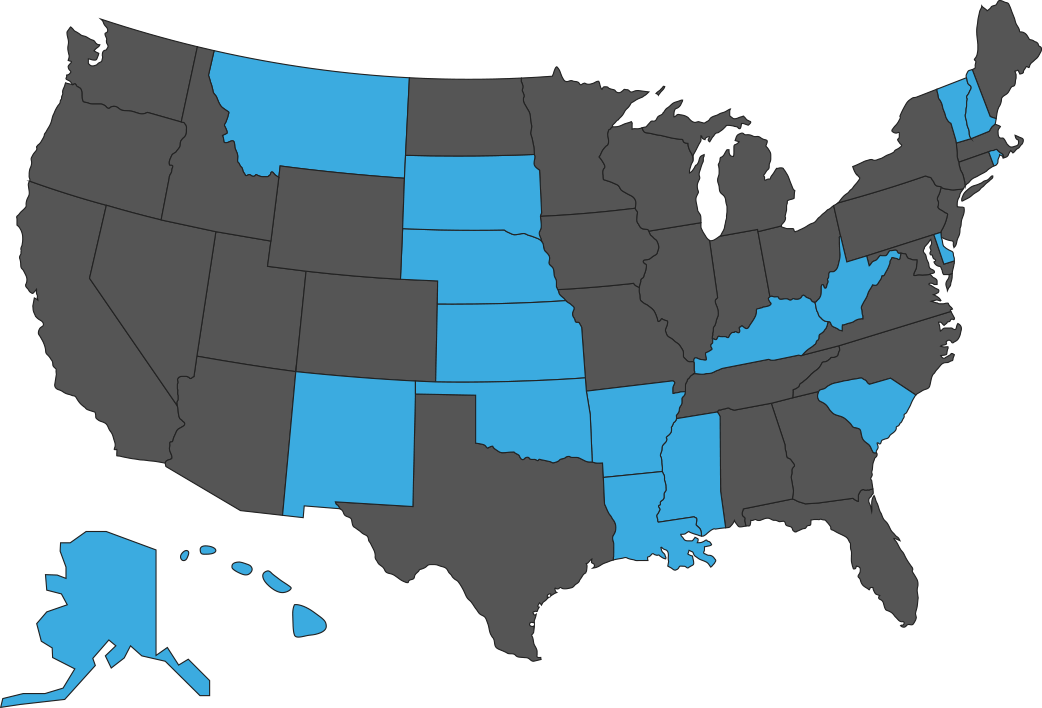
Read Sim Case 2 before completing the Sim Case 2 Assessment. Enter your information below and click “Start” to begin the assessment.
*Note: If you did not enter credentials to log in to this training, you must complete all fields below to receive full credit. For assistance, contact Catrice Banks-Johnson.
*Click the link below the case to download the document.
Nurse/Provider Sign-out
- Baby Paige was born on due date and is now 3-days old.
- Mom is on buprenorphine for 2 years and doing well; she is on Zoloft for depression.
- Baby was jittery and had high tone and poor feeding on first day, but was better on second day. Symptoms thought likely due to Zoloft and nicotine withdrawal at that time.
- During past day, Paige breastfed 8 times, had 3 voids, 3 stools, weight down 5%, 24-hour transcutaneous bilirubinometry (TcB) = 4.0.
- Last assessment, approximately 3-hours ago: vital signs stable and jaundice to face. Baby is fussy with slight increase in muscle tone and tremors during exam. Symptoms improve as soon as baby is picked up.
- Mom’s recovery coach has been helping in between clinic appointments. No family close by; father of baby is home caring for their 2 other children.
- Mom received prenatal education from her recovery coach, and mom is keeping baby with her all the time in a calm, quiet room. Mom is spending lots of time holding baby skin-to-skin when mom is awake. Baby fussy when placed in bassinette.
Sim Case 2
_ Summary
0 of 27 Questions completed
Questions:
Information
You have already completed the _ before. Hence you can not start it again.
_ is loading…
You must sign in or sign up to start the _.
You must first complete the following:
Results
Results
0 of 27 Questions answered correctly
Time has elapsed
You have reached 0 of 0 point(s), (0)
Earned Point(s): 0 of 0, (0)
0 Essay(s) Pending (Possible Point(s): 0)
| Average score |
|
| Your score |
|
Categories
- CARE PLAN 0%
- CONSOLING 0%
- EATING 0%
- NON-PHARM CARE INTERVENTIONS 0%
- NOWS/NAS RISK ASSESSMENT 0%
- PARENT/CAREGIVER PRESENCE SINCE LAST ASSESSMENT 0%
- SLEEPING 0%
- Review
- Answered
- Correct
- Incorrect
-
Question 1 of 27
1. Question
Category: NOWS/NAS RISK ASSESSMENTCorrectIncorrectHint
-
Question 2 of 27
2. Question
Category: NOWS/NAS RISK ASSESSMENTCorrectIncorrect -
Question 3 of 27
3. Question
Category: NOWS/NAS RISK ASSESSMENTCorrectIncorrect -
Question 4 of 27
4. Question
Category: NOWS/NAS RISK ASSESSMENTCorrectIncorrect -
Question 5 of 27
5. Question
Category: EATINGCorrectIncorrect -
Question 6 of 27
6. Question
Category: SLEEPINGCorrectIncorrect -
Question 7 of 27
7. Question
Category: CONSOLINGCorrectIncorrect -
Question 8 of 27
8. Question
Category: CONSOLINGCorrectIncorrect -
Question 9 of 27
9. Question
Category: CARE PLANCorrectIncorrect -
Question 10 of 27
10. Question
Category: CARE PLANCorrectIncorrect -
Question 11 of 27
11. Question
Category: CARE PLANCorrectIncorrect -
Question 12 of 27
12. Question
Category: PARENT/CAREGIVER PRESENCE SINCE LAST ASSESSMENTCorrectIncorrect -
Question 13 of 27
13. Question
Category: NON-PHARM CARE INTERVENTIONSCorrectIncorrect -
Question 14 of 27
14. Question
Category: NON-PHARM CARE INTERVENTIONSCorrectIncorrect -
Question 15 of 27
15. Question
Category: NON-PHARM CARE INTERVENTIONSCorrectIncorrect -
Question 16 of 27
16. Question
Category: NON-PHARM CARE INTERVENTIONSCorrectIncorrect -
Question 17 of 27
17. Question
Category: NON-PHARM CARE INTERVENTIONSCorrectIncorrect -
Question 18 of 27
18. Question
Category: NON-PHARM CARE INTERVENTIONSCorrectIncorrect -
Question 19 of 27
19. Question
Category: NON-PHARM CARE INTERVENTIONSCorrectIncorrect -
Question 20 of 27
20. Question
Category: NON-PHARM CARE INTERVENTIONSCorrectIncorrect -
Question 21 of 27
21. Question
Category: NON-PHARM CARE INTERVENTIONSCorrectIncorrect -
Question 22 of 27
22. Question
Category: NON-PHARM CARE INTERVENTIONSCorrectIncorrect -
Question 23 of 27
23. Question
Category: NON-PHARM CARE INTERVENTIONSCorrectIncorrect -
Question 24 of 27
24. Question
Category: NON-PHARM CARE INTERVENTIONSCorrectIncorrect -
Question 25 of 27
25. Question
Category: NON-PHARM CARE INTERVENTIONSCorrectIncorrect -
Question 26 of 27
26. Question
Category: NON-PHARM CARE INTERVENTIONSCorrectIncorrect -
Question 27 of 27
27. Question
Category: NON-PHARM CARE INTERVENTIONSCorrectIncorrect


